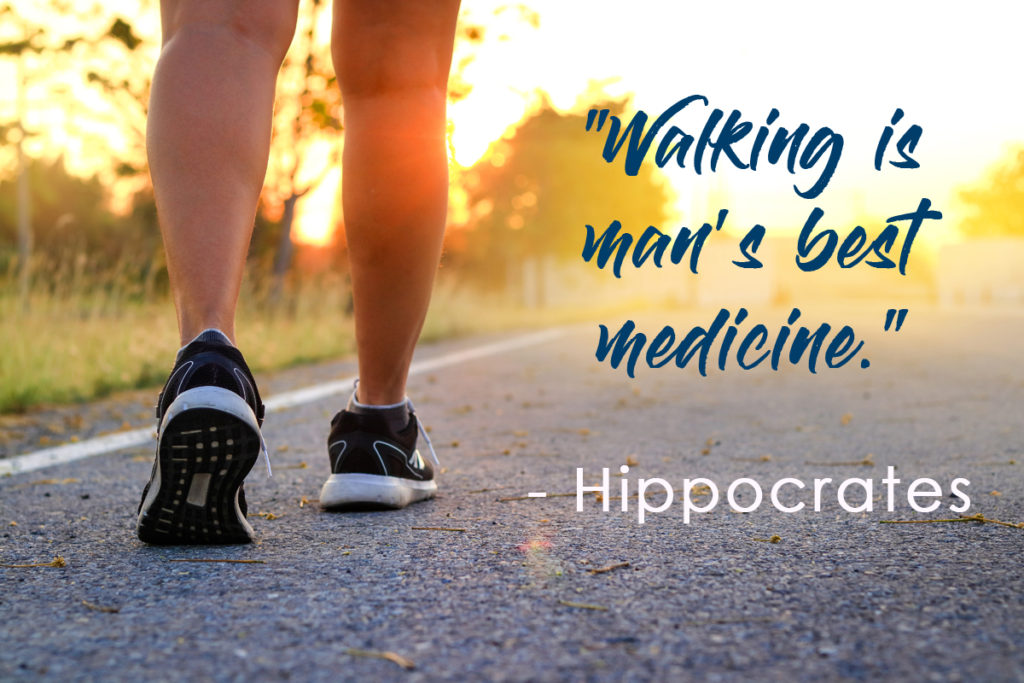Cardiovascular Disease
 Sixty-eight million Americans suffer from some form of heart disease. Over one million Americans have a heart attack each year. And, almost one million Americans die each year from cardiovascular related illnesses. This number accounts for forty-one percent of all deaths in the United States each year.
Sixty-eight million Americans suffer from some form of heart disease. Over one million Americans have a heart attack each year. And, almost one million Americans die each year from cardiovascular related illnesses. This number accounts for forty-one percent of all deaths in the United States each year.
Cardiovascular disease claims as many lives as the next 8 leading causes of death combined, including cancer, accidents and AIDS. In fact, one person dies every 33 seconds from heart disease. This adds up to 2,600 deaths a day! Heart disease is responsible for fifty percent of all deaths world wide!
Risk Factors
Bald Headedness
The Department of Medicine at the Harvard Medical School and Brigham and Women’s Hospital conducted an eleven-year study involving over 22,000 male physicians. The study showed that doctors who were bald on top of their heads (as opposed to frontal balding or loss of hair) were more likely to suffer from coronary heart disease, especially when combined with other risk factors such as high blood pressure and high cholesterol.
Earlobe Creases
At least 30 different studies have shown that a diagonal crease in the earlobe was a sign of increased risk for heart attack. The presence of a unilateral earlobe crease was associated with a 33% increase in the risk of heart attack and 77% if both earlobes were creased. Chronic circulatory problems cause the blood vessels in the earlobe to collapse. This then creates a crease in the earlobe. A diagonal earlobe crease is a better indicator of sudden death from heart attack then age, smoking, weight, high cholesterol, or sedentary lifestyle. For some reason a creased earlobe doesn’t increase the risk of heart attack in Asians and Native Americans.
 Smoking
Smoking
Smoking increases the risk of dying from a heart attack by three to five times the normal rate. This is also true of chronic exposure to second-hand smoke. One cigarette can increase the heart rate by 20-25 beats per minute. It takes 6 hours for the circulation to return to normal after one cigarette. Smoking increases fibrinogen. One thousand people die every day from smoking cigarettes. Increased levels of fibrinogen can cause blood clots. There are 4000 poisons in tobacco.
What Can You Do To Prevent Cardiovascular Disease?
Take a good multivitamin/mineral formula with CoQ10 and fish oil. Multivitamin use has been shown to reduce mortality rates in general, and heart-disease deaths specifically. Regular intake of fish oil supplements reduces risk of sudden death from a heart attack by 41%, and reduces overall death from heart disease by 45%.
It is estimated that if every American regularly took fish oil supplements or consumed two cold-water fish a week, it would save 150,000 lives a year.
CoQ10 is especially important for optimal heart health. CoQ10 is the spark that fires the muscle cells. Since the heart muscles contracts and relaxes 100,000 times a day and pumps blood through 60 miles of arteries and veins every minute, the heart uses huge amounts of CoQ10 on a daily basis. Researchers investigating CoQ10 have estimated that as little as a 25% reduction in bodily CoQ10 can cause high blood pressure, coronary artery disease, and congestive heart failure.
The Importance of CoQ10
 This fat-soluble, vitamin-like, enzyme is more abundant in some cells and organs than in others. It tends to congregate in the organs, which need the most energy, especially the heart, brain and liver. The primary function of CoQ10 is to provide cellular energy. In each cell there are organelles (small organ cells) known as mitochondria. Mitochondria are similar to a car’s cylinders. They allow a chain of chemical reactions to create a spark, which generates 95 percent of the body’s energy. CoQ10 is the spark that helps ignite adenosine triphosphate (ATP), the molecule that serves as the cell’s major energy source.
This fat-soluble, vitamin-like, enzyme is more abundant in some cells and organs than in others. It tends to congregate in the organs, which need the most energy, especially the heart, brain and liver. The primary function of CoQ10 is to provide cellular energy. In each cell there are organelles (small organ cells) known as mitochondria. Mitochondria are similar to a car’s cylinders. They allow a chain of chemical reactions to create a spark, which generates 95 percent of the body’s energy. CoQ10 is the spark that helps ignite adenosine triphosphate (ATP), the molecule that serves as the cell’s major energy source.
A growing body of research shows that (CoQ10) may benefit a number of unwanted health conditions, including diabetes, periodontal disease, chronic fatigue, migraine headaches, skin cancers, diabetes, infertility, cardiovascular disease, immune dysfunction, asthma, muscular dystrophy, and Alzheimer’s, and Parkinson’s disease.
The body can’t manufacture CoQ10; instead we must obtain CoQ10 from the foods we eat. Meat, dairy and certain vegetables including spinach, and broccoli, contain the highest concentrations of CoQ10. However, obtaining adequate amounts of CoQ10 through diet alone poses a real challenge.
It would take one pound of sardines, or two-and-a-half pounds of peanuts, to provide about 30mg of CoQ10. This is at the very minimum of the recommended daily allowance. In reality, the typical daily intake of CoQ10 from dietary sources is only about 3-5 mg per day.
Researchers estimate that as little as a 25 percent decline in bodily CoQ10 will initiate several disease states including high blood pressure, heart disease, fatigue, cancer, and immune dysfunction.
What’s more, the biosynthesis of CoQ10 from the amino acid tyrosine is a complex, highly vulnerable 17-step process. It requires at least seven vitamins (vitamin B2, vitamin B3, vitamin B6, folic acid, vitamin B12, vitamin C, and B5) and several trace elements. Most American diets are deficient in at least one, if not all of the cofactors for making CoQ10; seventy one percent are deficient in vitamin B-6 alone.
Dr Karl Folkers, who has been honored with the Priestly Medal, the highest award bestowed by the American Chemical Society, for his work with CoQ10, believes that suboptimal nutrient intake in man is almost universal and these deficiencies prevent the biosynthesis of CoQ1O.
We know that a CoQ10 deficiency can cause muscle weakness, nerve damage (neuropathy), back pain, inflammation of tendons and ligaments, hypertension, heart disease, angina, accelerated aging, certain cancers, and various neurodegenerative diseases.
The cardiovascular system is especially vulnerable to CoQ10 deficiencies. The heart consume huge amounts of CoQ10 initiated ATP. The muscles of the heart contract and relax some 100,000 times a day and pumps blood through 60,000 miles of arteries and veins with each beat.
CoQ10 significantly improves diastolic and systolic pressure in essential hypertension. Studies show that taking 100-225mg of CoQ10 a day reduces blood systolic blood pressure by an average of 15 points and diastolic pressure by 10 points. And more than half of patients receiving 225 mg/day were able to terminate use of from one and three antihypertensive medications.
Benefits of CoQ10 Treatment

In diabetes, which several of the same characteristics of cardiovascular disease, CoQ10 has proven itself to be a valuable therapy for restoring normal blood sugar levels. CoQ10 has been shown to lower fasting blood glucose levels by 31 percent, while destructive ketone- bodies were reduced by a whopping 51 percent.
Even the common symptom of heart disease, chest pain, is no match for CQ10 therapy. Compared to placebo, CoQ10 was shown to reduce the frequency of angina or chest pain by 53 percent.
The benefits of CoQ10 in the treatment of cardiovascular disease are indisputable; CoQ10 should be the first line of therapy for anyone suffering from cardiovascular disease.
Many of today’s common drugs deplete CoQ10. Theses drugs include Beta-blockers (Toprol, Tenormin, Coreg, Lopressor, Inderal, and others), vasodilators (hydralazine), thiazide diuretics (Aldactazide, Diuril, Dyazide, Moduretic, HydroDiuril, Micozide, and others), centrally-active hypertensives (Clonidine or Catapres, Aldoril, and Methyldopa), and of course lipid-lowering statins (Lipitor, Crestor, Zocor, Mevacor, Vytorin, and others).
Other drugs that deplete CoQ10 include anti-diabetic sulfonylureas drugs (Acetohexamides, Amaryl, Diabenese, Diabeta, Glucatrol, Micronase, Glyburide and Tolazamide), and tricyclic antidepressants (Elavil, Trazadone, Doxepin, Pamelor, and others).
Could your symptoms be due to a CoQ10 deficiency?
Learn more about the Essential Therapeutics pure CoQ10 supplements.
“Everything can be taken from a man but one thing: the last of human freedoms-to choose one’s attitude in any given set of circumstances, to choose one’s own way.” – Victor Frankl
“He who is contented is rich.” – Lao-Tzu
Walking 150 minutes per week and losing just 7% of your body weight (12-15 pounds) can reduce your risk of diabetes by 58%.
 Death rates among retired men who walked less than one mile per day were nearly twice that among those who walked more than two miles per day.
Death rates among retired men who walked less than one mile per day were nearly twice that among those who walked more than two miles per day.
Women in the Nurse’s Health Study (72,488 female nurses) who walked three hours or more per week reduced their risk of a heart attack or other coronary event by 35% compared with women who did not walk.
Walking for 30 minutes, three to five times per week for 12 weeks reduced symptoms of depression as measured with a standard depression questionnaire by 47%.
Women who performed the equivalent of one hour and 15 minutes to two and a half hours per week of brisk walking had an 18% decreased risk of breast cancer compared with inactive women.
